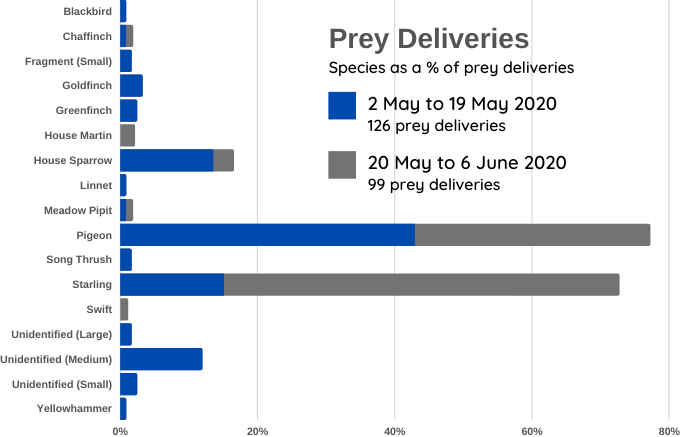PREY
Prey Species List
Being able to observe the peregrines, study the webcam footage, and collect prey debris from the nesting site and local vicinity has enabled us to start recording data on the prey selection and diet of the peregrines nesting on Wakefield Cathedral. In turn, this will enable us to build up a picture of their hunting behaviour, including how far they are travelling to catch their prey.
Some of the prey isn’t a surprise, for example feral pigeon. However, on one occasion a bat (Nyctalus species) was recorded being brought to the nestbox.
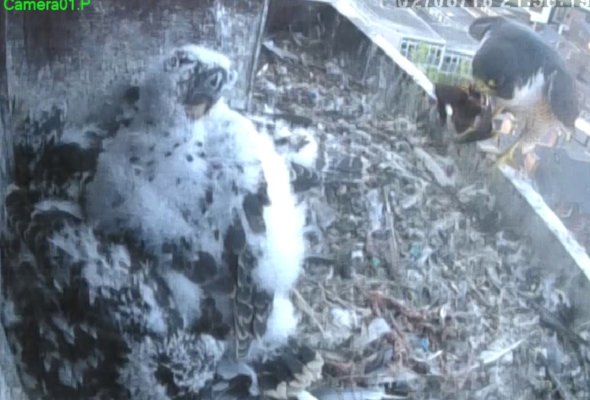
- Avocet (once)
- Bat (Nyctalus) (once)
- Blackbird (regular)
- Black-headed Gull (occasional)
- Bluetit (once)
- Budgerigar (once)
- Bullfinch (once)
- Chaffinch (frequent)
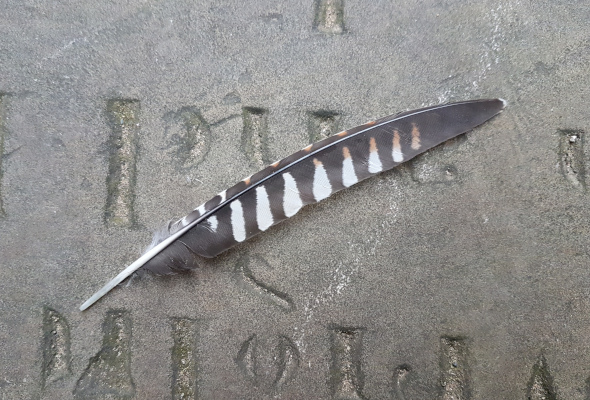
- Coal Tit (once)
- Collared Dove (occasional)
- Common Snipe (regular in season)
- Common Tern (twice)
- Crossbill (once)
- Cuckoo (once)
- Dunlin (occasional)
- Feral Pigeon (frequent)
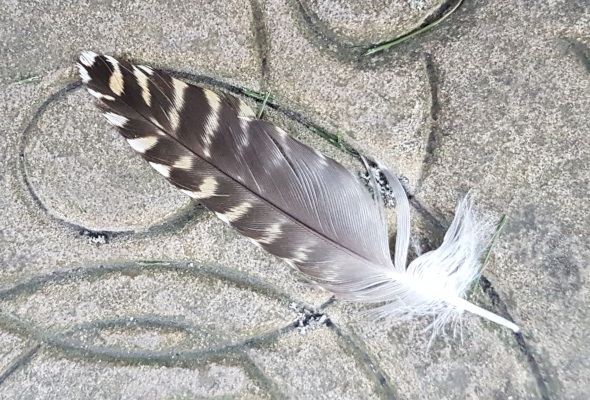
- Fieldfare (frequent in season)
- Golden Plover (regular in season)
- Goldfinch (occasional
- Great Spotted Woodpecker (occasional)
- Greenfinch (regular)
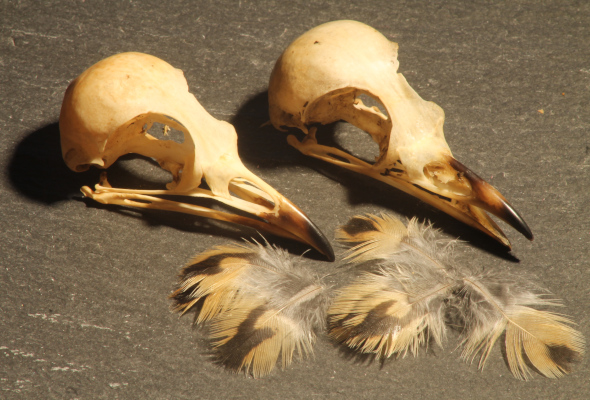
- Green Sandpiper (once)
- Greenshank (once)
- House Martin (once)
- House Sparrow (frequent)
- Jack Snipe (twice)
- Jackdaw (occasional)
frequent
- Jay (occasional during autumn)
- Kestrel (once)
- Knot (occasional)
- Lapwing (occasional)
- Leach’s Petrel (once)
- Lesser Redpoll (once)
- Lesser Whitethroat (once)
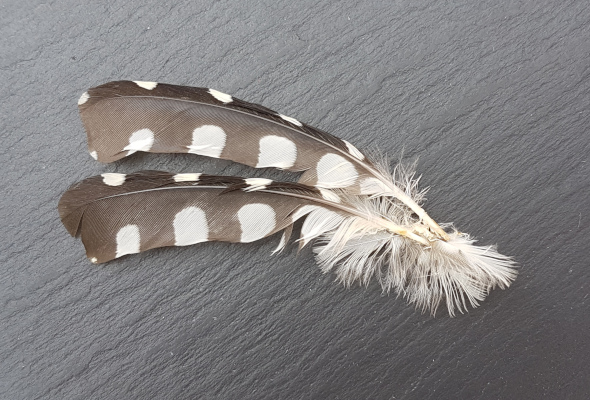
- Linnet (once)
- Little Grebe (occasional)
- Magpie (not eaten – remains found below County Hall)
- Meadow Pipit (once)
- Moorhen (occasional)
- Nuthatch (once)
Little
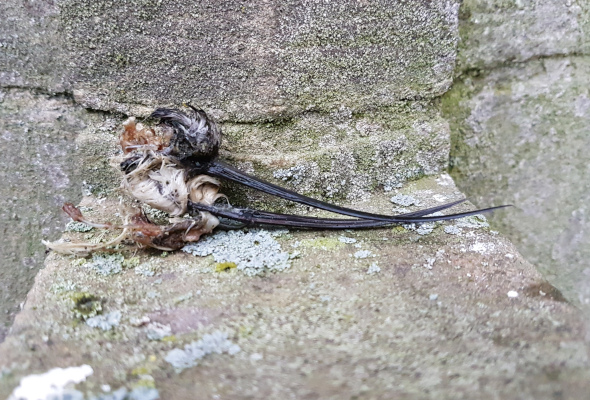
- Pied Wagtail (frequent)
- Redshank (twice)
- Redwing (regular, in season)
- Ringed Plover (once)
- Robin (once)
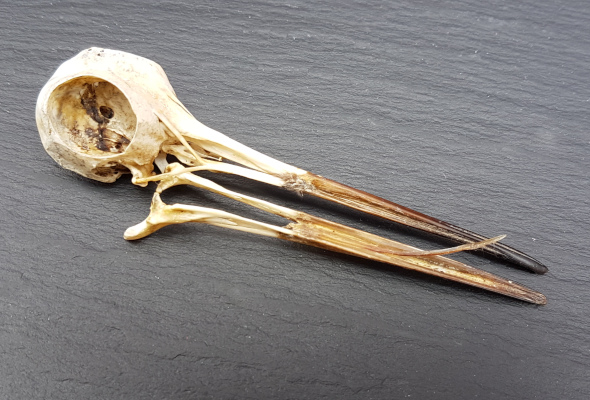
- Sandwich Tern (once)
- Skylark (once)
- Starling (frequent)
- Stonechat (once)
- Swallow (twice)
- Swift (occasional)
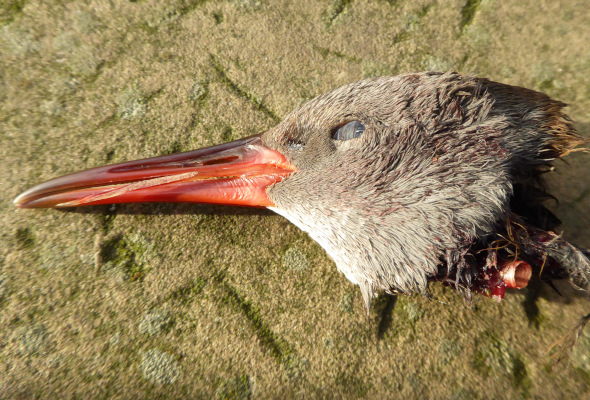
- Teal (regular, in winter)
- Water Rail (twice)
- Woodcock (regular in season)
- Yellowhammer (once)
INTERESTING DELIVERIES
Although we have been observing the Wakefield peregrines for some years, they continue to surprise us with the range of species on which they prey and by the efficiency with which they will supply food to their offspring.
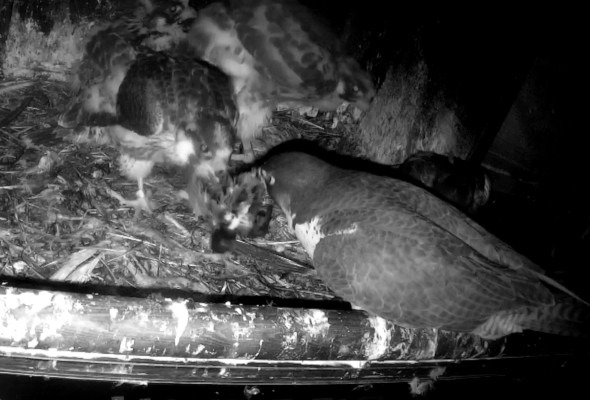
Nighttime hunting
Peregrines often hunt at night, usually just before sunrise and just after sunset. In this image, the male is bringing a swallow to the nest. On this occasion, he actually delivered three swallows in the hour after midnight. This frequency of nighttime hunting is unusual but this followed a period during which there had been heavy and prolonged rainfall during the day.
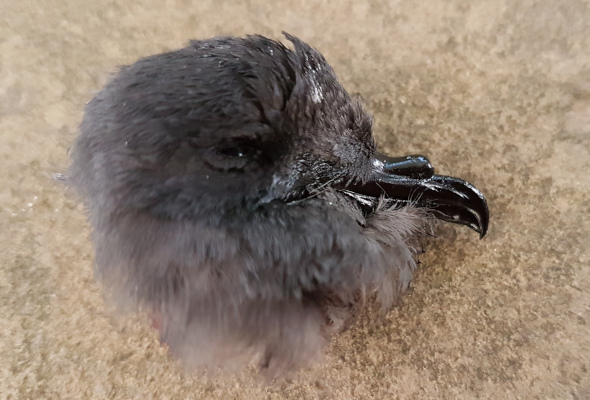
An unusual prey item: leach's petrel
During October, 2018, we were very surprised to find the head of a Leach’s petrel at the base of the cathedral’s tower. Wakefield is a long way from either the east coast or the west coast and birds of this species spends their lives out at sea, coming to land only to breed on remote islands. This head was found a few days after storm Callum brought high winds and heavy rain to the UK. This little bird must have been blown inland, where it fell prey to a peregrine.
PREY SPECIES DELIVERED TO THE NESTBOX
Being able to study the webcam footage has enabled us to record data on the prey species being brought to the nestbox to feed the growing chicks. The chart below shows the range of species that was delivered between two periods from 2 May 2020 to 6 June 2020. In total there were 225 deliveries of food. The first period shows that pigeon was the predominant species. However, in the second period there was an increase in the number of starlings being delivered. It was interesting to see that a swift was brought in on 6 June 2020, when windy conditions would have caused a lot of swifts to feed at low level over local wetlands.
